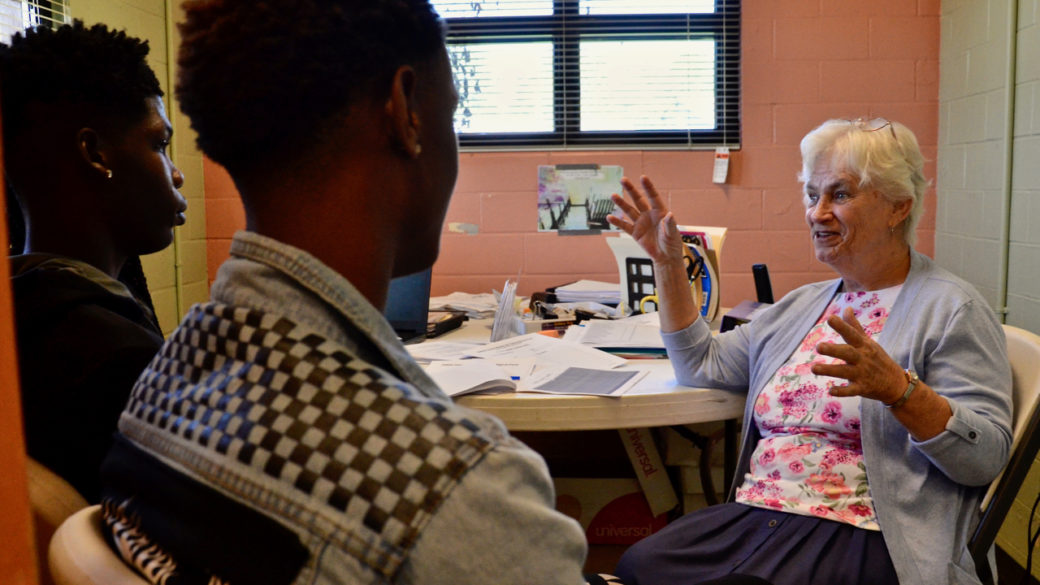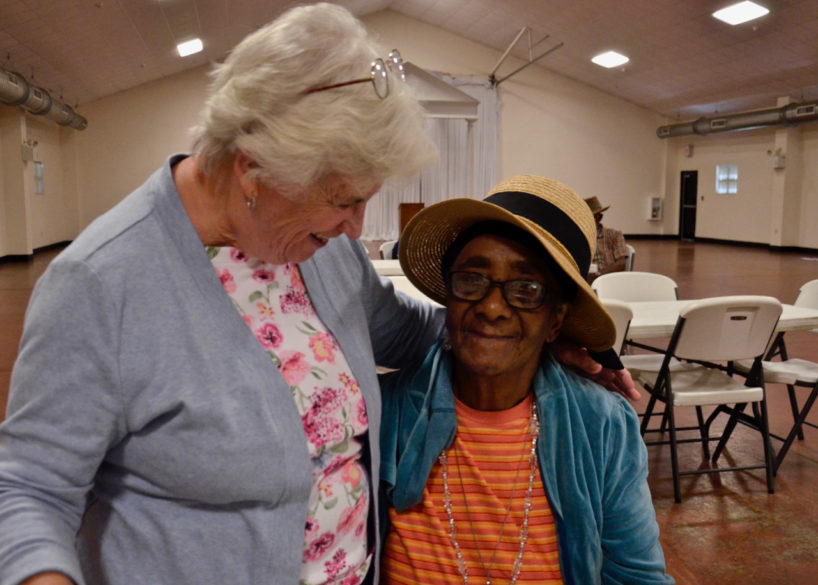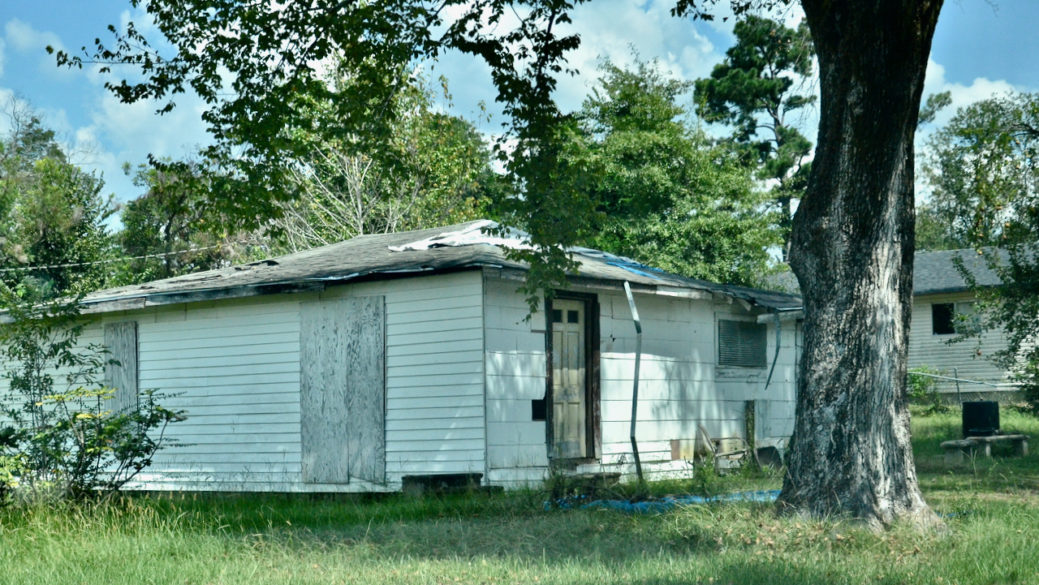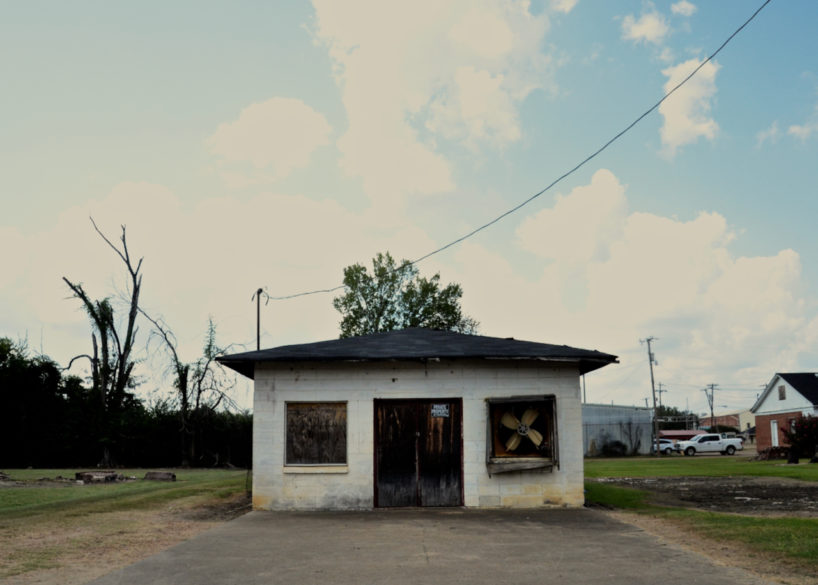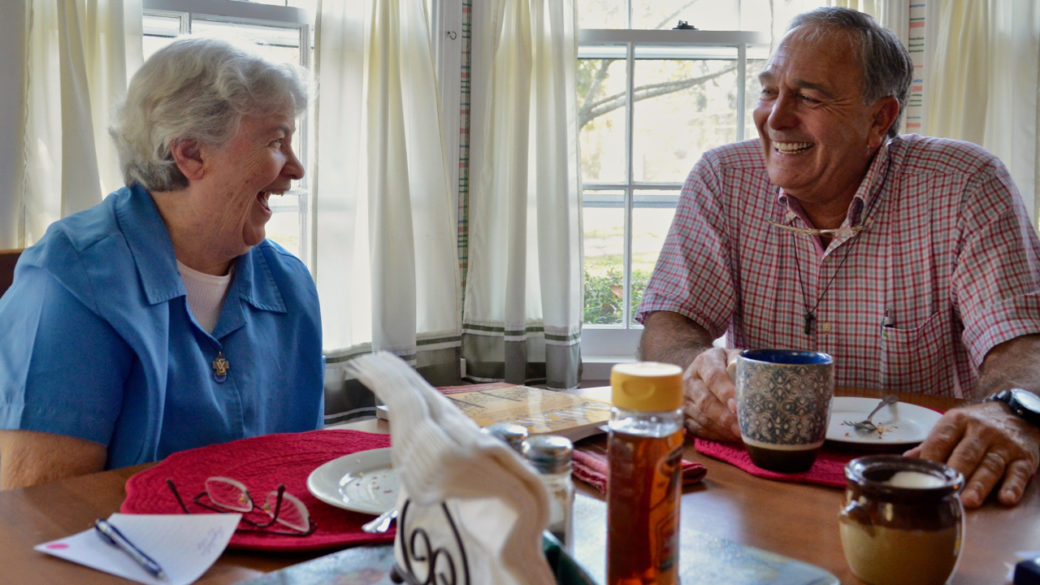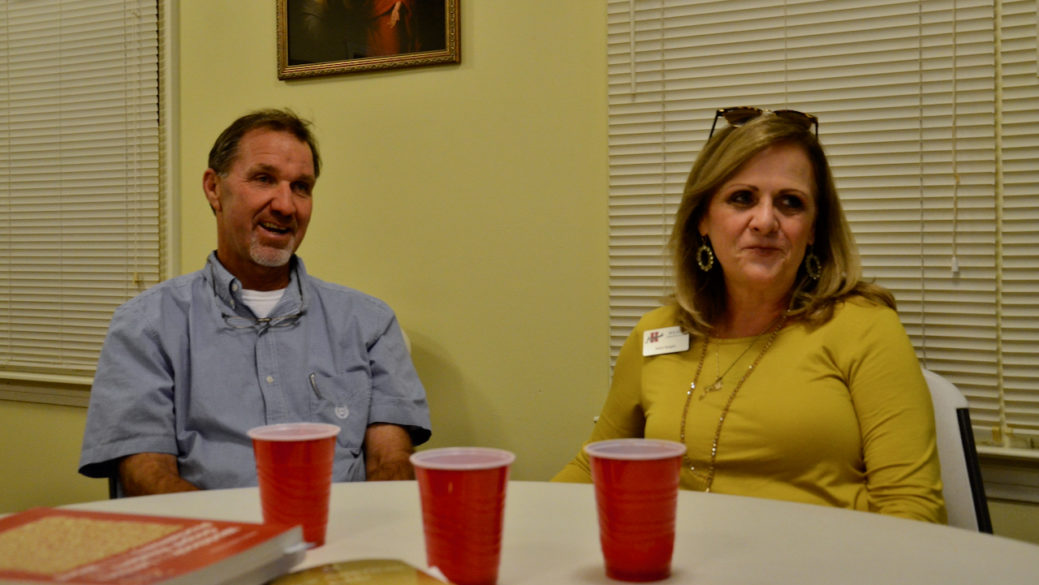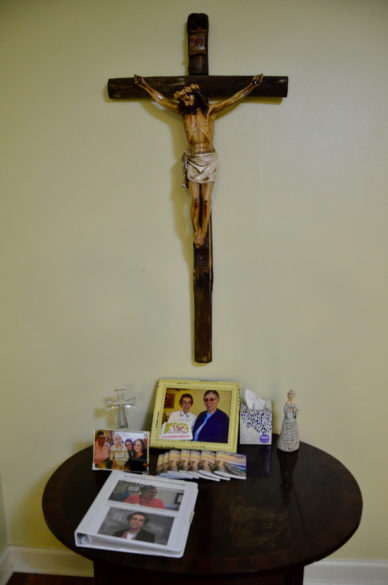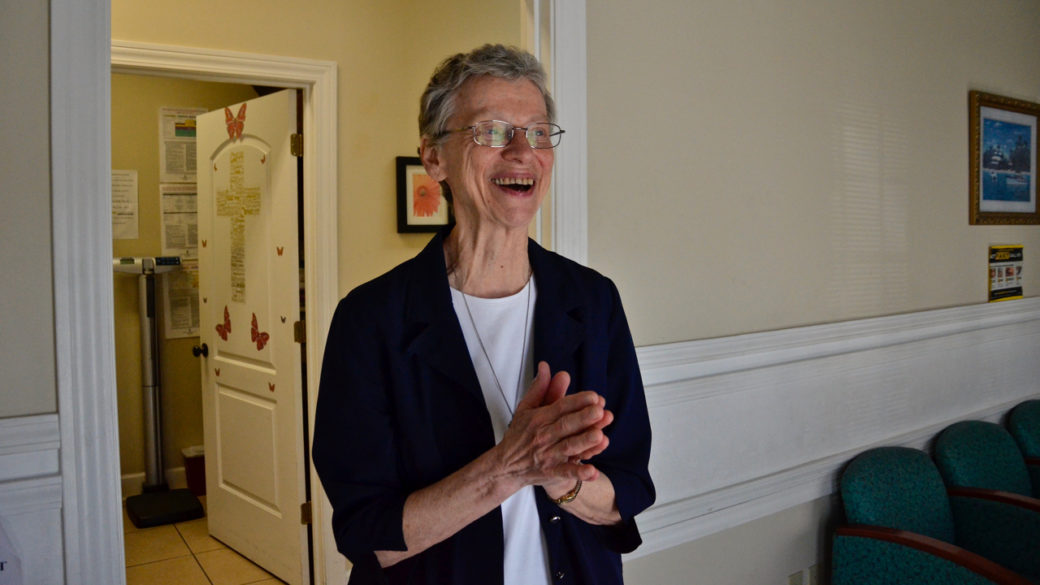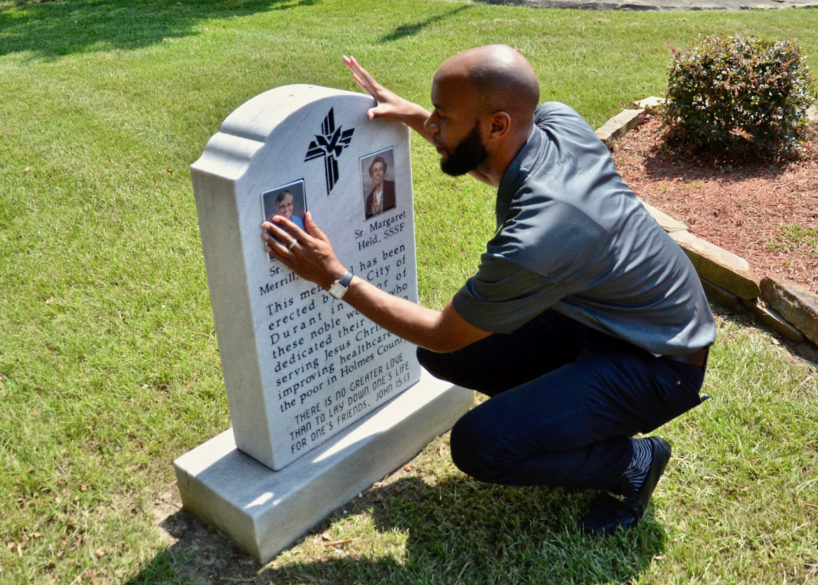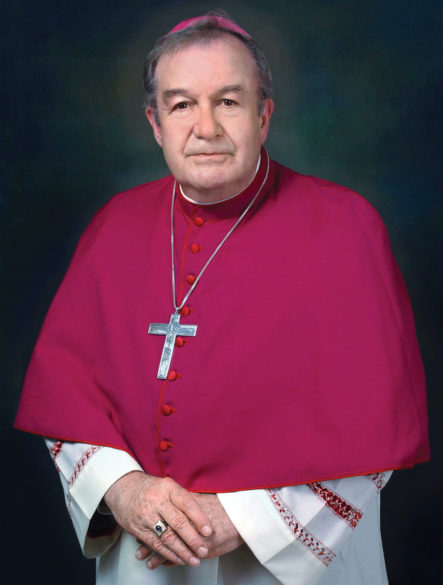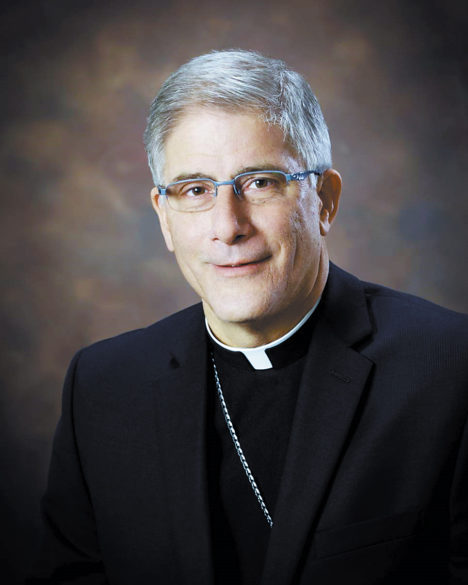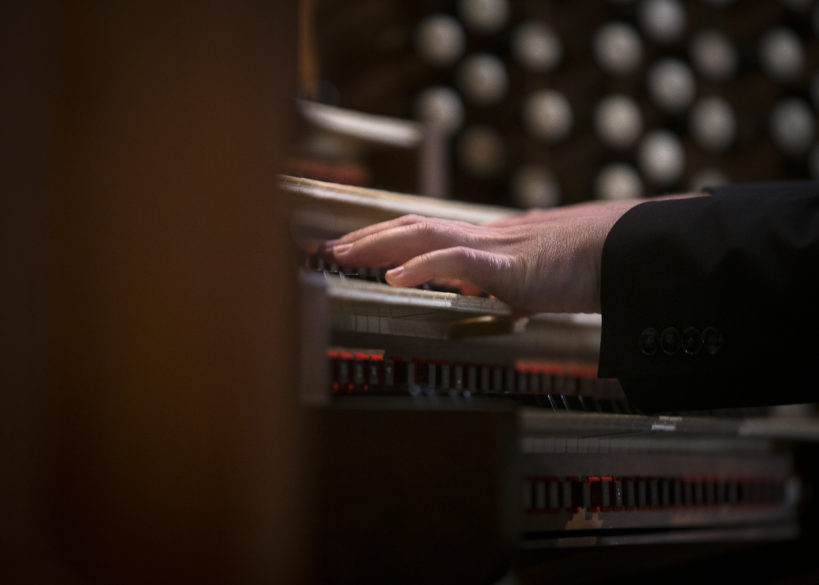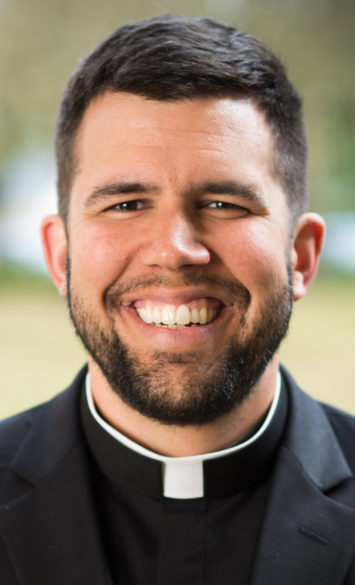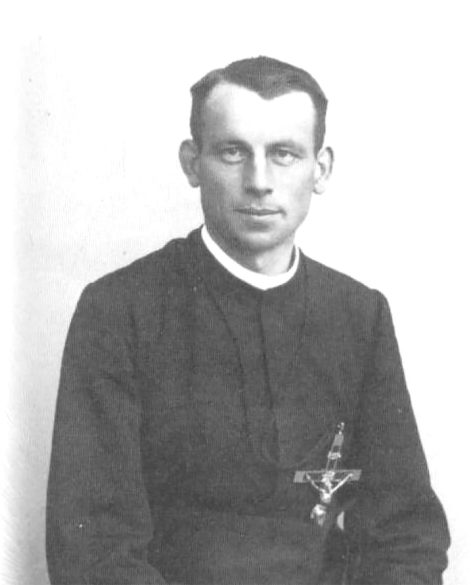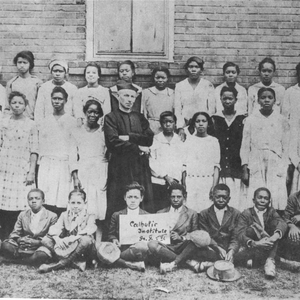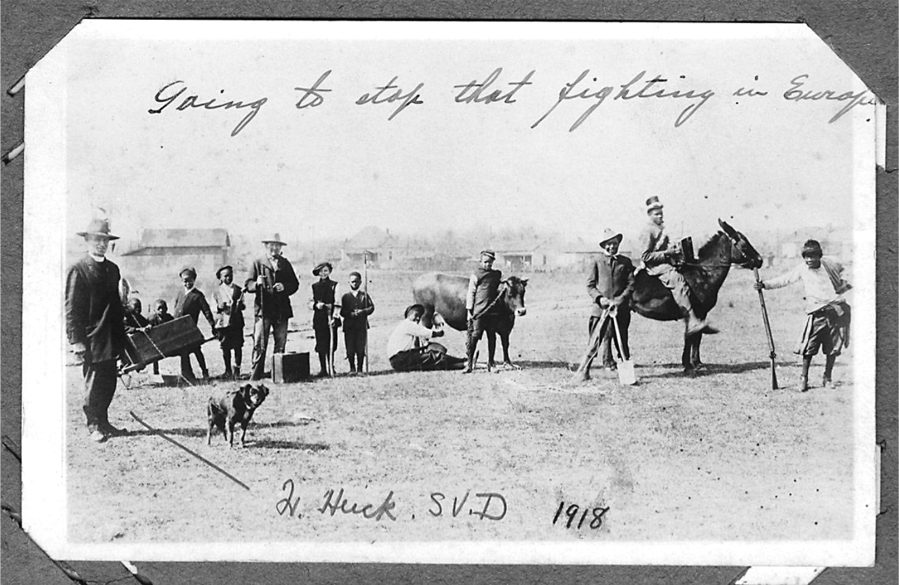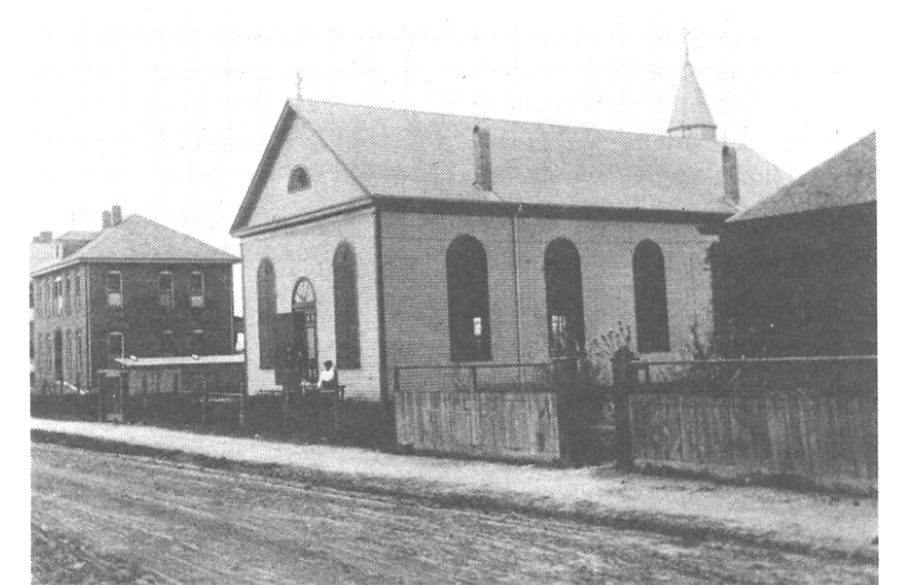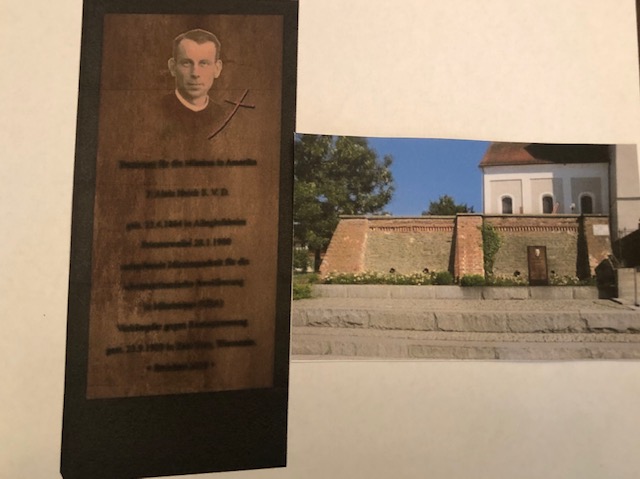By Dan Stockman
LEXINGTON – It’s a Wednesday, and three teenagers are in Sr. Sheila Conley’s tiny office, learning about finances.
Less than a block away, Sr. Mary Walz, a social worker, is at the Lexington Medical Clinic, running a diabetes education program.
Down the road in Durant, Sr. Madeline Kavanaugh is working on a statewide re-entry program for people being released from the state prison system.
The three sisters are continuing the ministries of Sr. Paula Merrill, a member of the Sisters of Charity of Nazareth, Kentucky, and Sr. Margaret Held of the School Sisters of St. Francis in Milwaukee. Held and Merrill were murdered Aug. 25, 2016, after working in the area for six years and ministering to those kept poor for some 30 years, mostly in Mississippi. They were nurse practitioners and both worked at the Lexington Medical Clinic.
On Nov. 20, 2017, Kavanaugh, Conley and Walz moved into the house Merrill and Held had shared and started their own work in the area. Their arrival “meant a new beginning, a fresh start. It meant that we were going to survive,” says Sam Sample, a parishioner at St. Thomas Church in Lexington and a friend of all five sisters.
Conley’s students have already completed the Career Ready 101 class at the Lexington Multi-Purpose Complex, which consists of 200 hours of learning how to be employable, such as understanding you have to show up to work, on time, every day.
“There’s a great vocational school where they can become an electrician or be certified to drive a forklift,” Conley, a Sister of Charity of Halifax, Nova Scotia, says later. “But they don’t know how to keep a job.”
Today, the subject is credit: credit cards, credit scores, credit card bills. They know there are credit cards and debit cards, but the only difference between them they know about is that a debit card needs a PIN; they don’t know one operates on credit and the other requires money in the bank.
The classes that provide real-world lessons existed before Conley got here, but they were only online, and the students didn’t have much success afterward. Now, they have Conley, a no-nonsense sister with a sharp wit, lots of stories and experience, and a mission to change their lives.
Since so many patients at the Lexington Medical Clinic have some form of diabetes, Walz, a Daughter of Charity, comes in contact with almost all of them.
“It gives you access to people who would never consider talking to a social worker,” Walz says. “There are so many social aspects to diabetes. The doctors say, ‘Lose weight, eat right, blah blah blah,’ and it just overwhelms them. But one-on-one, you can really address the issues, from poverty to transportation to healthy cooking.”
Like many rural areas, Lexington has few grocery stores and little fresh produce. Most people don’t know how to make healthy food choices, she says. They can’t find healthy food to buy and don’t know how to prepare it if they find it.
Walz also helps patients navigate the often-bewildering world of public assistance and nonprofit programs to cover co-pays, find transportation, or get expensive hearing aids.
“The staff told me, ‘They’re calling you the Diabetes Lady,'” Walz said. “I told them, ‘I’ve been called worse.'”
Kavanaugh, a Daughter of Charity, works with Marvin Edwards, a Secular Franciscan, on the prison re-entry program, the Mississippi Association for Returning Citizens (MARC). The program, “Getting Ahead While Getting Out,” is designed to help people get out of poverty.
“They learn a lot of self-evaluation skills — how to evaluate their anger and their personality,” Kavanaugh says. “It’s very strong on studying the financial reality of the country so they can understand how it works and how to get ahead. Before they leave prison, they have to have a plan. Not just a plan for the first 72 hours, but a plan for life.”
Plans often go haywire, and none of the three sisters had ever planned on ministering in rural Mississippi. But it didn’t take long for them to realize they are exactly where God wants them to be.
Though it had been more than a year since Held and Merrill died, the community they served was still reeling when Conley, Kavanaugh and Walz moved in.
“What happened was catastrophic to this town,” says Sample, a real-estate agent who helped the three new sisters rent Held and Merrill’s house.
Held and Merrill had been stabbed to death in their bedrooms in a breaking-and-entering. Rodney Earl Sanders of Kosciusko, a town about 18 miles east of Durant, was convicted of two counts of murder and is serving two life sentences without the possibility of parole plus 30 years for burglary and stealing one of the sisters’ cars.
Sam Sample says he stood dumbfounded in front of the house, which was surrounded by police tape, when he got the news, unable to process it. When he called his wife, Jamie to tell her, she collapsed. She was so distraught, she was unable to drive.
“Our little world just crashed,” he says.
Cardell Wright, city manager for the City of Durant, says he didn’t know Merrill and Held personally, but it is impossible to escape their reputation.
“They exemplified holiness,” Wright says. “Something that tragic — it shook the community. When something like that happens to people of that caliber, it has a big effect on society.”
Today, the work of Conley, Kavanaugh and Walz is having a big effect, as well.
“When you see them, you know what they stand for. You know what they embody,” Wright says. “They’ve changed my own mentality of what I thought sisters were. I thought they were isolated and stayed off by themselves. The sisters here are invested in our community, and especially our young people. They’ve been very instrumental and one of our biggest donors and supporters.”
For example, Walz helped Wright organize a project for the Mayor’s Youth Council. The teens collected hundreds of pounds of plastic bottle caps, and Walz put them in touch with Green Tree Plastics in Evansville, Indiana, which makes benches out of the material. She then arranged for Wright to stay with the Daughters of Charity in Evansville so he could deliver the plastic and pick up the completed benches.
“We collected 950 pounds of plastic, and the Daughters of Charity donated another 300 pounds to us. They had sisters around the nation sending them in,” Wright says. “They’re unstoppable.”
The project resulted in several benches now installed around Durant, but more importantly, Wright says, it showed the teens how to follow through on a project and accomplish something.
Even more meaningful, though, was when students held a protest against gun violence after the 2018 Parkland, Florida, school shooting, and Wright spotted the sisters joining the march.
“Just to see their involvement — they support us,” he says. “It made my day to see one of the sisters come out and march with us. They were right there, talking about protecting our kids.”
Wright marvels at the sisters’ creativity and resourcefulness.
“It’s the connections. It’s about uplifting one another,” he says. “They want the community to progress.”
Though none of the three sisters had lived in Mississippi before, when the Sisters of Charity Federation asked for sisters to consider serving in Durant, they each answered.
Conley, who works with the youth programs in Lexington, had a career in education. Kavanaugh, who works on the re-entry program, spent 17 years serving in Bolivia, four years in the Cook Islands and three years as the pastoral administrator of a parish in tiny Georgetown, South Carolina. Walz, now at the Lexington Medical Clinic, had a career that included 25 years in social work and three years developing health and social service centers for people who live in poverty. She worked for 14 years in rural Gould, Arkansas.
Holmes County, though, is a challenge: 41% of the population lives in poverty, and the median income is $20,330 a year, less than half the median income for Mississippi and the second-lowest in the nation. The national median income is $57,652. The unemployment rate is 12.2%, more than triple the national unemployment rate of 3.7%. Twenty-five percent of those over 25 do not have a high school diploma.
“It’s generational poverty. You have children having children, and it’s the third or fourth generation of that,” Kavanaugh says. “Now, we’re hearing about job opportunities, but people don’t have the skills to get them or keep them.”
There’s a new plastics factory opening soon — a big deal in a county of 17,622 where businesses only employ 1,981 people — but there is no public transportation. Holmes County Central High School ranks 228th out of 233 high schools in Mississippi. Wages in the area are low, so even those with jobs often struggle.
Conley says people living in poverty don’t have stable lives, so they often lose Social Security cards and birth certificates, the documents needed to apply for jobs, job training or almost anything else.
“There’s a lot of discouragement,” Walz says. “There’s so many parts of their lives that are out of their control, whether it’s financial or transportation or housing.”
Walz says the sisters know they won’t change Holmes County overnight, but it’s important they make an effort, and their ministry makes an important statement about the church and women religious.
“It’s our little attempt to be present. The county was traumatized by [the murders]. Durant was traumatized by this event,” she says. “It’s that sense that sisters haven’t given up on them because of this tragedy.”
Walz says people often ask if she is afraid to live in the home where two sisters were killed.
“Not for one second,” she says. “It’s like holy ground.”
(Reprinted with permission by Global Sisters Report, visit GlobalSistersReport.org).

